You've carefully arranged a new window display and launched a promotion, yet by week's end, sales remain flat. Was the display ineffective? Did shoppers walk by without noticing? Are long checkout queues driving customers away?
As a retail store manager focused on optimizing shopper engagement and merchandising effectiveness, these questions are all too familiar. While e-commerce sites track every click, physical store managers often operate with limited visibility into customer behavior. The challenge is clear: how can you truly understand and improve the in-store experience when so much of it goes unmeasured?
Fortunately, AI-powered video analytics is changing the game, turning existing security cameras into smart sensors that capture rich in-store insights—without requiring massive infrastructure investments.
The Evolution of Retail Analytics
The journey to data-driven retail management has been transformative:
- Past (Pre-2010): Retail decisions relied primarily on basic people counters, end-of-day sales reports, and managerial intuition. Store layouts were adjusted based on experience rather than data, and merchandising success was measured only at the point of sale.
- Transition Period (2010-2015): The e-commerce boom created new expectations for data-driven decision-making. Brick-and-mortar retailers began seeking similar visibility, while affordable sensors and IoT devices offered new data collection options.
- Technology Breakthrough (2015-Present): Deep learning revolutionized computer vision capabilities, enabling cameras to not only count people with high accuracy but also distinguish behaviors, track movement patterns, and recognize demographic attributes. What began as experimental technology in flagship stores has become increasingly mainstream, with adoption rates growing at nearly 20% annually in markets like Singapore.
AI-Powered Retail Analytics: Delivering Real Results Today
AI-powered video analytics addresses the key questions that traditional metrics can't answer:
Key Actionable Insights from AI Video Analytics
- Footfall and Draw-In Rate: Know exactly how many people pass by your store and what percentage enter. If 500 people walk past and 50 enter, that's a 10% draw-in rate—a key indicator of storefront appeal. Improving this metric means more potential buyers inside.
- Conversion Rates: Track the ratio of visitors who make purchases. By correlating entry counts with POS data, you can measure how well store visits convert to sales and identify influencing factors—from layout to staff interactions.
- Engagement Dwell Times: Understand how long shoppers spend at specific displays. If tweaking signage increases average attention from 20 to 30 seconds, you're improving engagement. Longer dwell often means higher purchase likelihood.
- Heatmaps of Traffic Flow: Visualize customer movement patterns to optimize store layout and product placements. Perhaps an attractive product is placed in a low-traffic corner—a heatmap would reveal the opportunity to relocate it.
- Queue Monitoring: Detects when lines form at checkout and measures wait times. With real-time alerts, you can open another register before impatience turns into walk-aways. Over time, analytics on peak queue times help optimize staffing schedules.
- Staff Performance: Track how quickly customers receive assistance and how often staff are present in key zones. By connecting traffic data to sales, see if more floor staff during rush hours improves conversion.
- Shopper Journey Tracking: Follow a customer's complete path through your store, noting that they went from entrance to electronics, spent five minutes there, then moved to checkout. Aggregating these paths reveals common journeys, drop-off points, and opportunities to improve layout. This is essentially "Google Analytics for your physical store”.
Modern AI solutions like Tictag Insight integrate with existing CCTV cameras or require minimal additional hardware. The intelligence comes from software that processes video feeds to deliver actionable metrics.
The Business Case: Tangible ROI
Most importantly, these insights translate directly to ROI
- Window Display Optimization: When data reveals a particular display increases visitor traffic by 20%, you can replicate this success across locations, directly impacting top-line revenue.
- Checkout Experience Enhancement: Discovering that long wait times cause 5% of customers to abandon purchases allows for targeted staffing adjustments that capture otherwise lost sales.
- Merchandising Effectiveness: Learning that customers spend 30% more time at endcaps with digital signage versus static displays provides clear direction for visual merchandising investments.
- Staffing Optimization: Correlating conversion rates with staff presence in key departments enables precise workforce allocation that maximizes sales while controlling labor costs.
Industry studies show retailers implementing AI video analytics typically achieve 3-5% sales increases and 2-3% operational cost reductions within 6-12 months—compelling ROI in an industry where margins matter.
Real Success Stories
Across Asia, retailers are already transforming their operations with AI video analytics:
Forward-thinking retailers across Asia are already reaping the benefits of AI-powered retail intelligence:
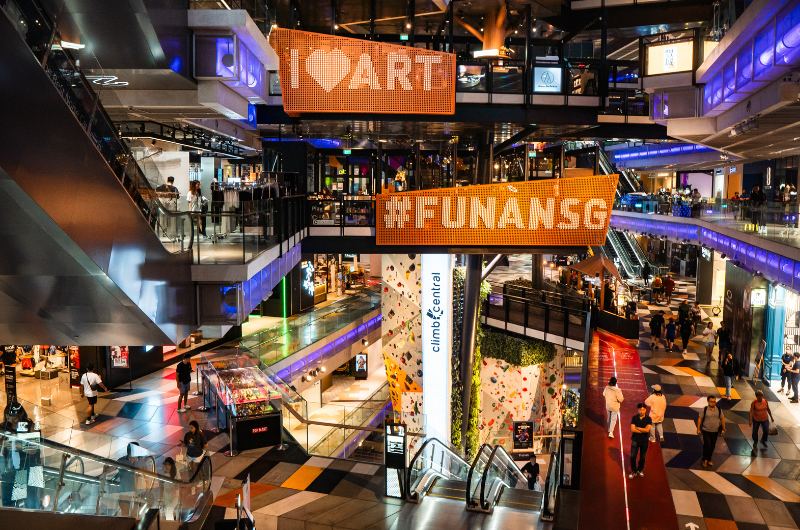
Singapore: Data-Driven Mall Management
Challenge: CapitaLand's Funan mall needed to optimize tenant mix and drive higher per-square-foot revenue.
Solution: Implemented comprehensive video analytics to count shoppers entering every store, track demographics, and analyze traffic patterns.
Results: Mall management now tailors store offerings based on real-time demographic shifts throughout the day. Marketing decisions are no longer guesswork—ROI can be scientifically attributed to specific campaigns. The integrated insights dashboard, combining video analytics with POS and loyalty data, has transformed landlord-tenant relationships from transactional to collaborative.

South Korea: Cashierless Store Innovation
Challenge: Labor shortages and rising costs threatened convenience store profitability.
Solution: Major chains like 7-Eleven and GS25 deployed AI-powered autonomous stores using computer vision to track product selection and enable checkout-free shopping.
Results: The number of fully cashierless convenience stores grew 14-fold in three years, reaching 2,800 locations by mid-2022. These stores operate 24/7 with minimal staff while generating unprecedented customer behavior data. Hyundai Department Store's "Uncommon Store" concept proved immediate consumer acceptance, attracting over 100 customers on its first day.
Indonesia: In-Store Journey Optimization
Challenge: A large retail chain struggled to increase promotional product sales and improve store layout without concrete shopper behavior data.
Solution: Deployed video analytics to profile customer demographics, observe in-store activity, and generate heatmaps with dwell time metrics.
Results: Revealed which sections different age groups visited most frequently and which promotions engaged specific demographic segments. Merchandising strategies were revised based on these insights, placing popular items in high-traffic locations. Checkout line reduction and smoother operations resulted from data-driven scheduling changes, leading to measurable uplift in promotional sales.
The Future: From Data to Differentiation
The future belongs to data-driven retailers. Here's how advanced retail analytics will evolve:
Near-Term
- Cross-Channel Integration: Unifying online and offline shopper data for a complete customer view, enabling truly omnichannel experiences.
- Predictive Analytics: Moving from descriptive (what happened) to predictive capabilities (what will happen), enabling proactive staffing and inventory decisions.
- Real-Time Personalization: Dynamic store adjustments based on current customer demographics, including digital signage content that changes based on audience composition.
Medium-Term
- Advanced Customer Understanding: Technologies like gaze detection will reveal precisely which products attract visual attention, while emotion AI will gauge customer reactions.
- Integrated Data Ecosystems: Seamless integration between video analytics, POS, inventory management, CRM, and external data (weather, traffic) for holistic business intelligence.
- Automated Decision Systems: AI-suggested merchandising adjustments based on real-time performance data, reducing reaction time to changing consumer behaviors.
Conclusion
AI-powered video analytics is bridging the gap between online and offline retail intelligence. The ability to measure draw-in rates, conversion, dwell times, and other key metrics creates opportunities for data-driven improvements in both customer experience and bottom-line results.
This isn't a distant future; it's happening now, and it's surprisingly accessible. AI solutions can be deployed with minimal disruption, demonstrate ROI within months, and scale as you grow. The key is taking that first step.
As a retail leader committed to maximizing store performance, you don't have to navigate this journey alone. With deep expertise in AI-driven retail analytics and a focus on delivering business value, we can help assess your store's unique needs and craft a tailored solution, whether you want to reduce checkout wait times, understand display effectiveness, or track complete customer journeys.
Every customer interaction matters! Don't leave your in-store activity data untapped. The next breakthrough in your retail performance might be just one insight away.

Why Tictag Insight?
High accuracy data capture that unlocks deeper insights
Our approach utilizes cutting-edge AI models that prioritizes data accuracy and unlocks more advanced analytics such as Returning Customer Detection and Shopper Journey Tracking
Low-Risk, Easy Deployment and Maintenance
Leverage existing cameras (if any), or use our cost-effective cameras selected for best price-to-performance and ease of maintenance, minimizing disruption to store operations.
We’re Future-Oriented, and ready to Grow with You
- Begin with a pilot, validate your ROI, then scale effortlessly as you adopt more advanced capabilities (e.g., Gaze Detection to evaluate product placement strategies).
- We continually enhance our platform with best-in-class AI, ensuring you stay ahead of market trends.
Share this
You May Also Like
These Related Stories
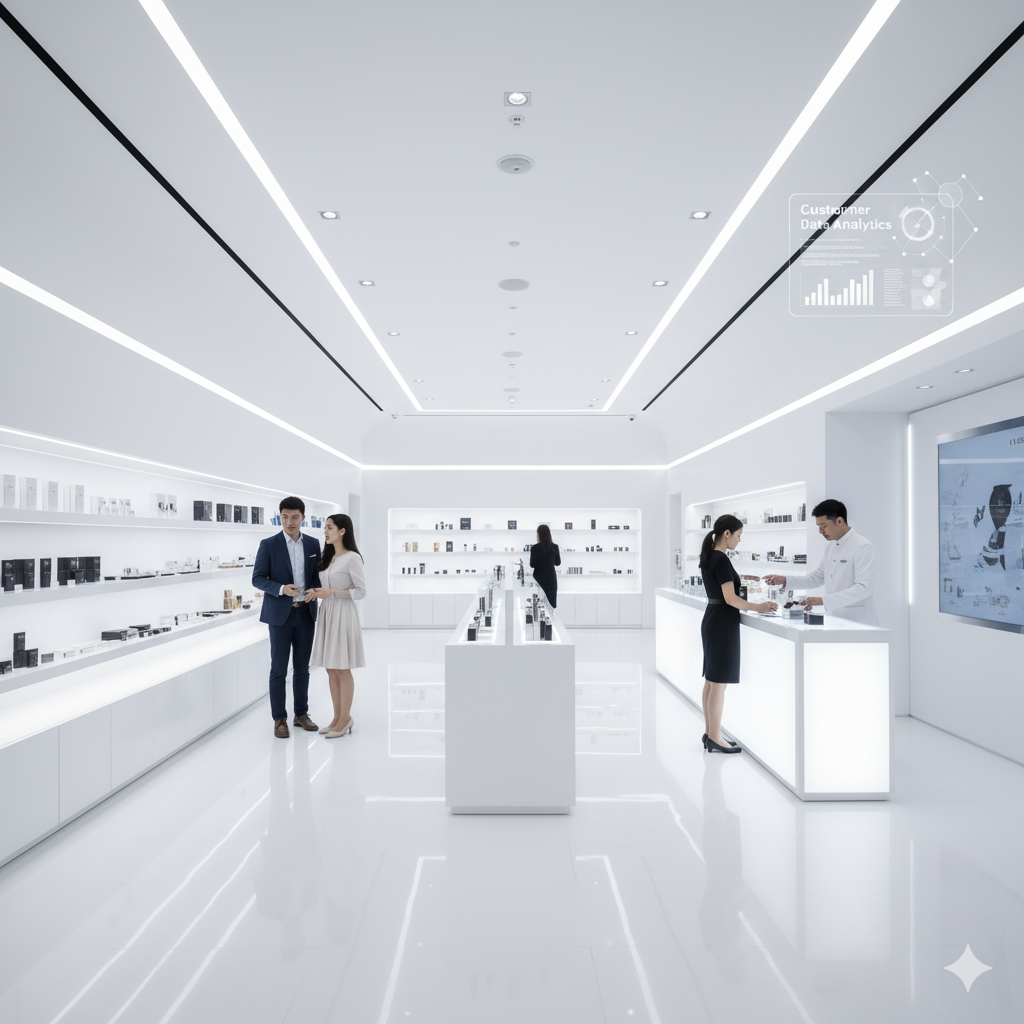
AI Transforms Asian Retail: Automation Trends 2025
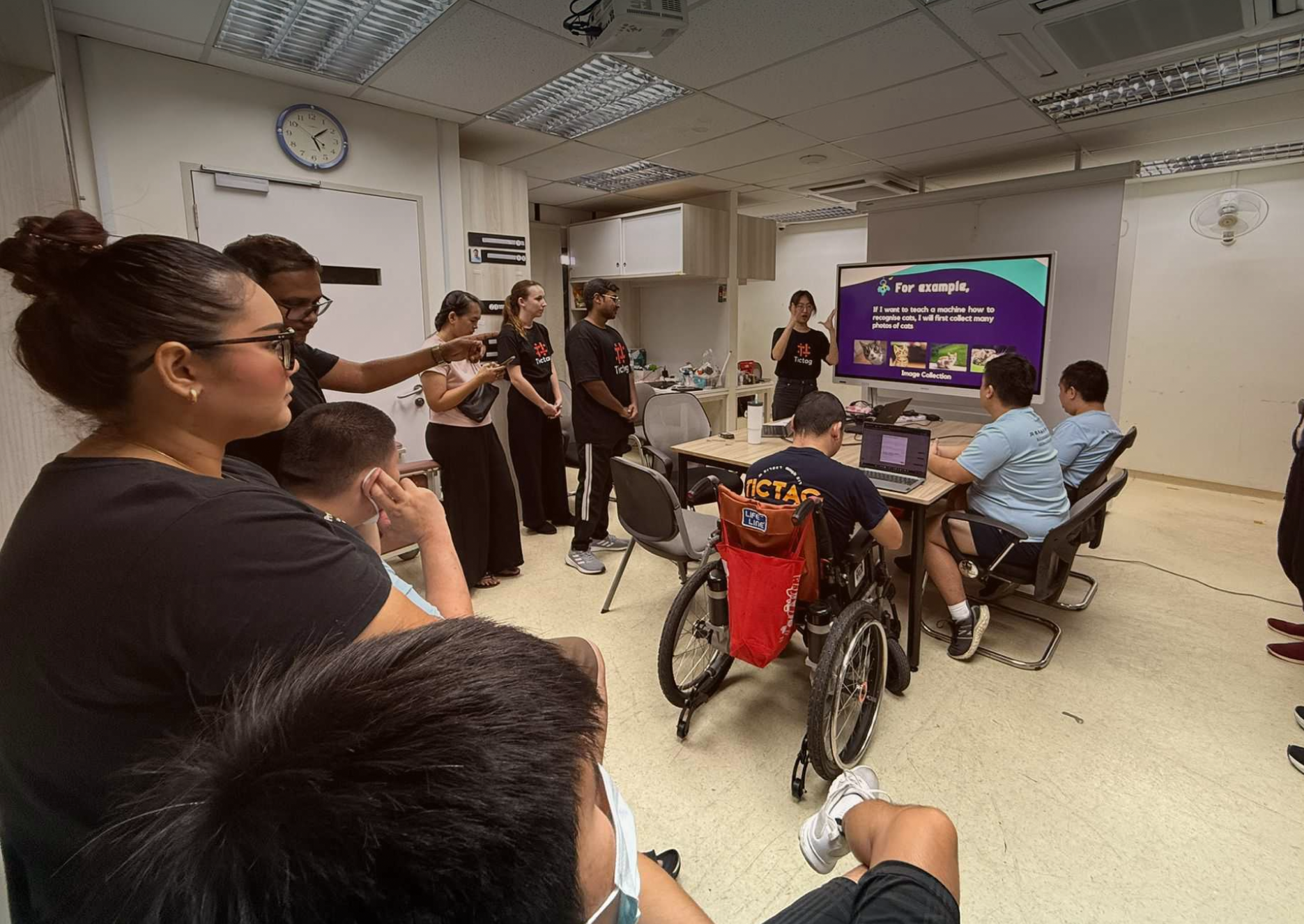
Inclusive AI Tagging with Blue Cross: Empowering Individuals with ASD
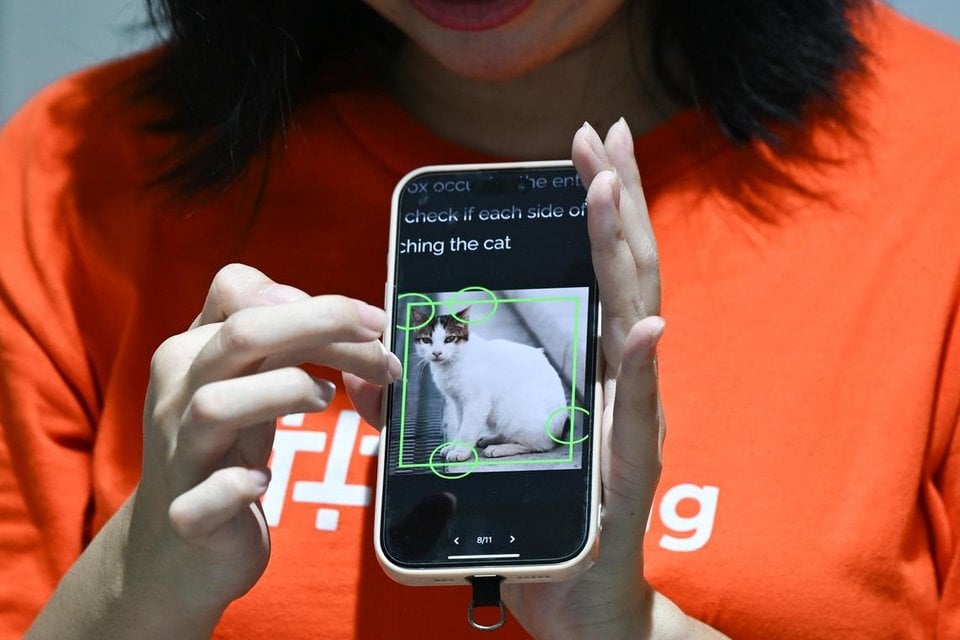




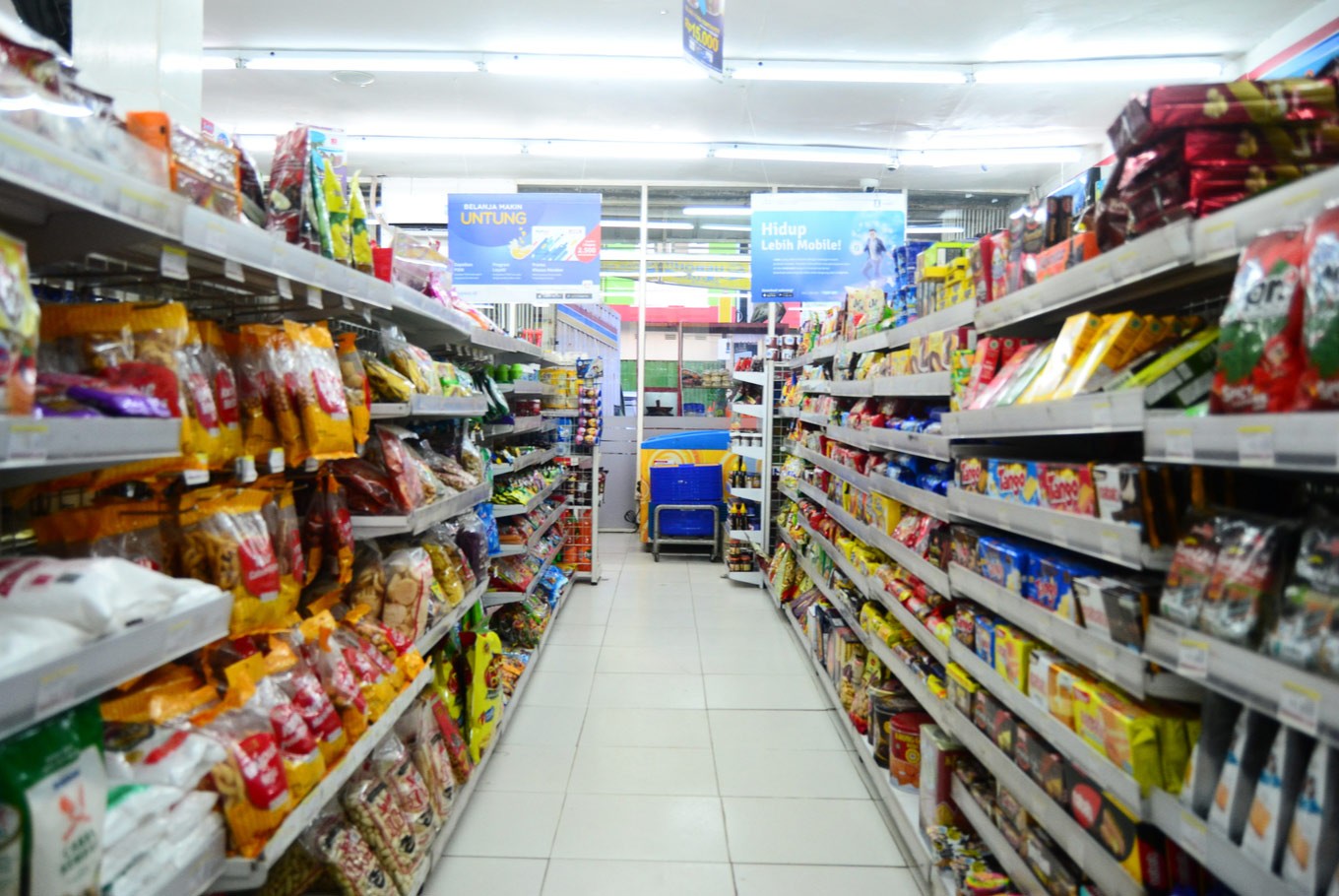
No Comments Yet
Let us know what you think